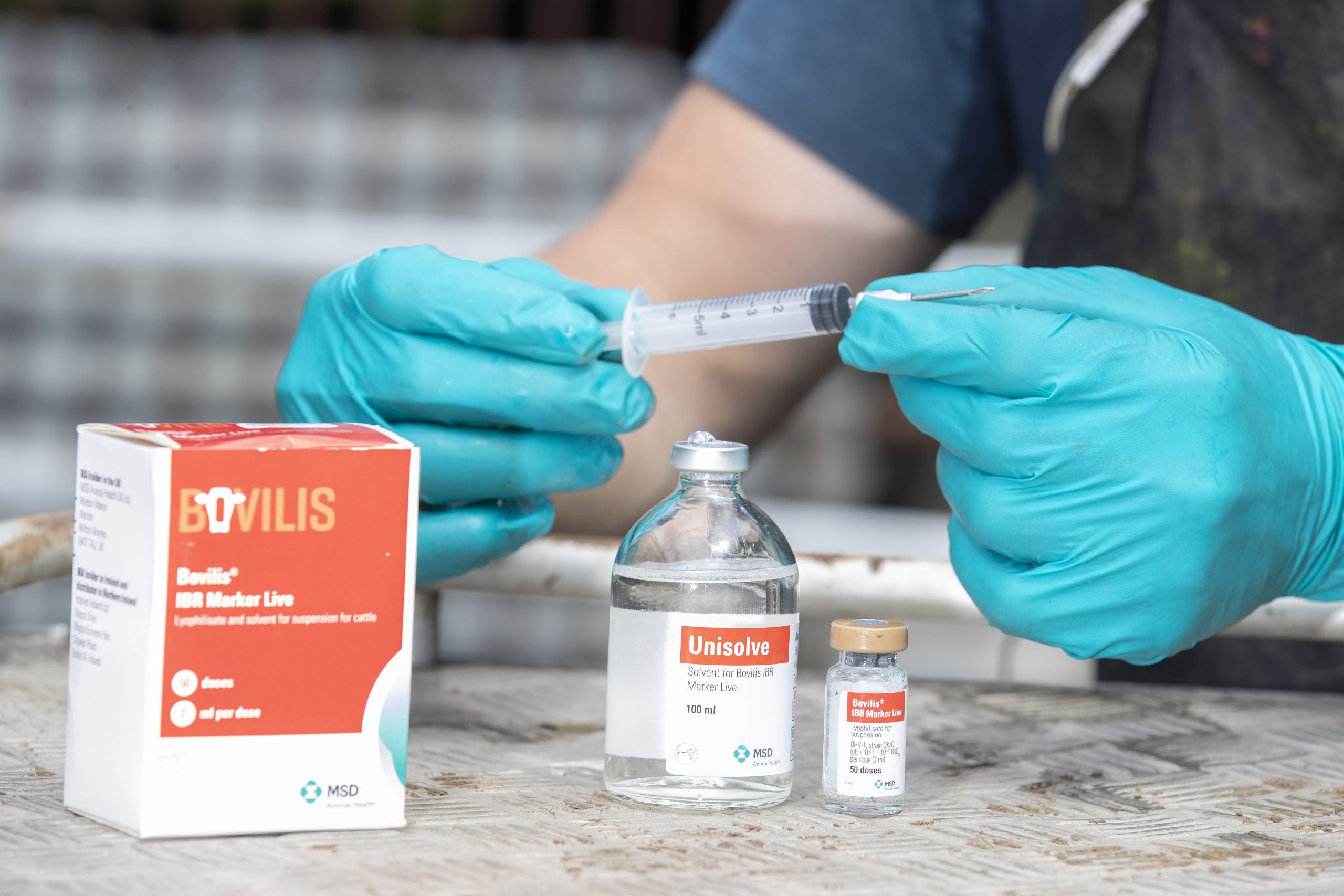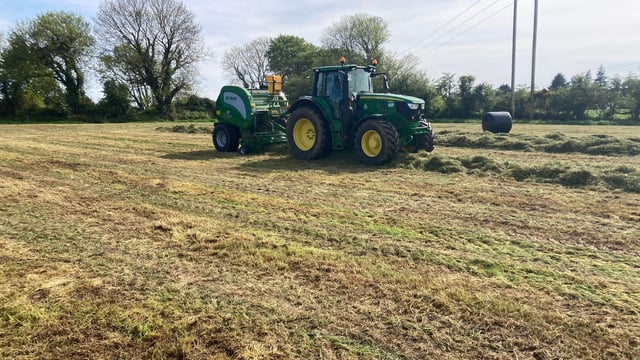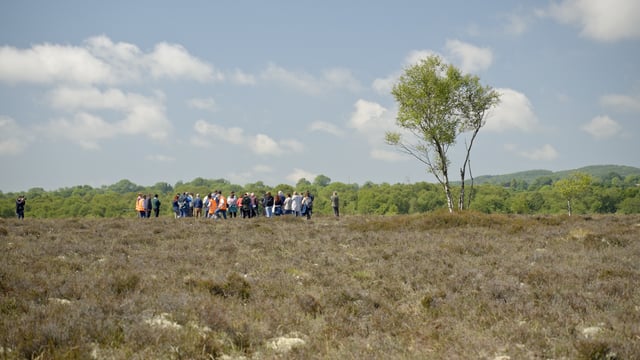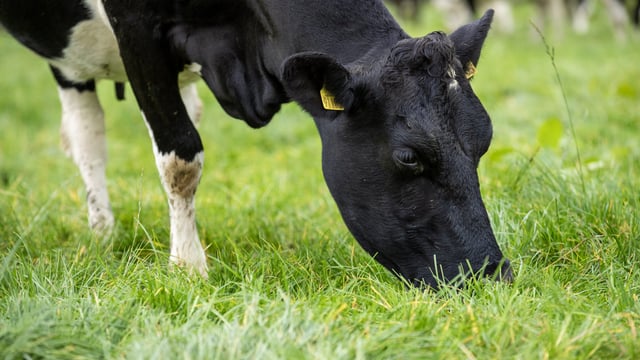Sponsored Article

Sponsored Article
Watch: The protocol for IBR vaccination of youngstock
Sponsored Article

Cases of Infectious Bovine Rhinotracheitis (IBR) virus are widespread in the cattle population in Ireland, with evidence of exposure in over 70% of dairy herds and 48.8% of beef herds.
IBR can cause both clinical and subclinical disease, resulting in significant economic losses at farm level.
Clinical infections usually occur when animals are infected for the first time.
Typical clinical signs include discharge from the eyes and nose, loud laboured breathing and high temperatures with resulting depression and reduced appetite. Milk yield can be affected, and abortion may also occur.
Subclinical infections are those without obvious clinical signs and may go unnoticed, but can result in losses of 2.6kg of milk/cow/day.
Those infected for the first time shed high levels of the virus for approximately two weeks.
Once infected, animals become lifelong latent carriers of the virus. At times of stress (e.g., mixing/housing/breeding/calving), the virus can reactivate and be shed again, potentially infecting other herd mates.
There are three components to controlling this endemic disease:
- Biosecurity
- Culling
- Vaccination
Biosecurity includes bio exclusion and bio containment:
- Bio exclusion (the process of keeping disease out of a herd) is of particular importance in Ireland as many herds purchase cattle, avail of contract rearing, or attend marts or shows. IBR can spread up to 5m, so neighbouring cattle during grazing season can be a source of infection.
- Bio containment (the process of reducing the threat of infection within a herd) relies on herd management – segregating of age groups for example.
Culling IBR positive animals can quickly reduce herd prevalence, but it is often impractical and uneconomical.
To control IBR, vaccination must:
- Reduce the number of new infections - Reduce virus spread in a herd
- Reduce severity of clinical signs - Limit cost of disease impact
In the absence of virus circulation among the young calf group, vaccination with Bovilis IBR Marker Live starts at three months-of-age, revaccination six months later, and all subsequent revaccinations within 6-12 month periods.
Herds with moderate to high seroprevalence are best to remain on a six-monthly vaccination programme. Speak to your vet regarding the most suitable protocol for your herd.
If vaccination is needed before three months-of-age (high-risk herds/disease in calves), intranasal vaccination is recommended to overcome maternally derived antibodies.
An intramuscular programme begins at three to four months, as stated previously. For spring-calving herds, this means calves will receive their first intramuscular dose in June/July.
Bovilis IBR Marker Live provides protection by reducing clinical signs and virus excretion.
It is a 2ml single dose IBR vaccine with the fastest available onset of immunity (four days after intranasal administration and 14 days after intramuscular administration).
The aim of whole herd vaccination is to decrease the level of IBR in the herd over time by reducing spread and severity of disease, ultimately minimising the economic impact of the virus.
Sponsored Article







